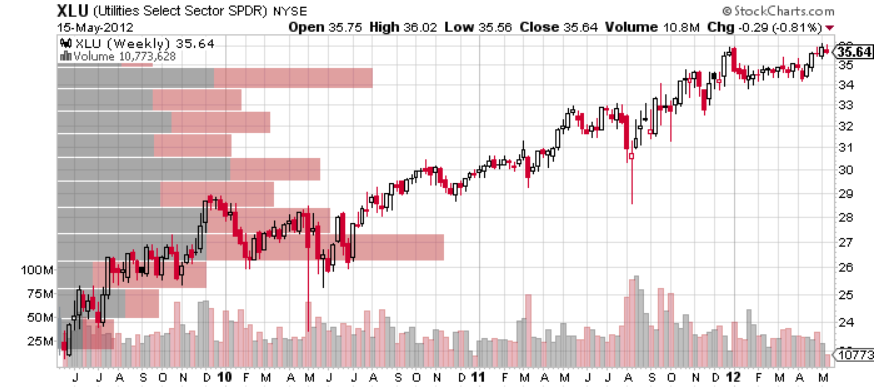By Min Qi, product manager, sustainable investment, FTSE Russell, and Elena Philipova, director, ESG proposition, Refinitiv
The end of June 2021 marked the latest deadline in the introduction of the EU Sustainable Finance Disclosure Regulation (SFDR). From that date, larger financial firms will have to begin disclosing the “Principal Adverse Impacts” their investments have on social and environmental issues.
It is the latest step in a process that, over the next two years, aims to transform disclosure of the environmental and social impacts of investment products and how sustainability risks are managed within those products.
The SFDR is a key component of the EU’s Sustainable Finance Action Plan, which aims to encourage capital to flow towards companies and activities that support the EU’s environmental and social objectives. The regulation is primarily intended to standardize the language and disclosure of sustainable investment (SI) products, promoting transparency and reducing the risk investors being misled via “greenwashing.”

New Rules
Specifically, it applies to financial advisors and market participants including asset managers, pension fund providers and insurance companies. It imposes obligations at both the entity and individual product level. It applies to all financial products marketed in the EU, including by entities based outside the bloc.
Under SFDR, financial market participants are required to disclose how they take sustainability risks into account, or otherwise explain why they do not. Those who market SI products face additional product-level disclosures, governed by Article 8 of the regulation for those with “ESG characteristics” and Article 9 for those with “sustainable investment as their objective.”
It can be challenging for providers to understand whether sustainable investment products should fall under Article 8 or 9, as some of the wording in the regulation is imprecise. For example, it does not clearly define “good governance”—a key concept in applying disclosures required by the two articles.
Good Governance
FTSE Russell has taken the view that applying ESG data or controversy screening criteria would demonstrate good governance at the index level at least for level 1 legislation, but further clarification is likely to be forthcoming when the level 2 legislation is finalized.
Fundamental to the SFDR is the concept of “Principal Adverse Impact” statements mentioned above. These detail the potential material impacts on sustainability factors relating to environmental, social and employee matters, respect for human rights, anti-corruption and anti-bribery matters.
These are captured by more than 60 indicators that regulated entities are expected to monitor, manage and report on. The difficulty here is that these combine environmental and social metrics with fundamental corporate and economic data; it’s essential that providers can effectively assimilate macroeconomic data, company fundamentals, and ESG data across asset classes.
European Leadership
Certainly, complying with the requirements of the SFDR will be a significant undertaking for most firms. It will require the careful interpretation of the regulations in the context of evolving practice and continuing guidance from the European Commission and the European supervisory authorities. Also, it will necessitate new data aggregation and reporting processes. We are seeing considerable demand not only for advice around the regulation, but also for the outsourcing of these new data aggregation and management processes.
Where the EU leads, other jurisdictions are likely to follow. The SFDR applies to all products sold into EU markets, so financial firms headquartered outside the bloc will already need to meet the regulation’s requirements for part of their product range; some may decide to extend the exercise to most or all of their products.
In addition, and as we have seen for other elements of the EU’s sustainable finance agenda (e.g. the EU Taxonomy), policy makers elsewhere may decide to mirror some or all of the SFDR’s requirements.
Takeaway
This is particularly the case given the intent of the EU in introducing the regulation. As with any new regulatory requirement, it will impose near-term costs as novel processes are put in place. However, it is worth remembering the intent of the SFDR and the opportunities it is likely to unlock.
First, by helping the industry reach common definitions around sustainable finance, the regulation should, over the long run, decrease costs and friction between corporate issuers, data providers, financial institutions and end-investors.
Second, the new sustainable finance strategy provides for minimum standards for Article 8 funds, which should help to clarify what is (and isn’t) an “SI product”—reducing confusion among investors and helping to mitigate the risk of greenwashing.
In doing so, it will help build confidence in part of the market that not only offers a crucial source of growth to the financial services industry but will also be an essential engine in the shift to “net-zero” carbon emissions within the global economy.
This post first appeared on August 12 on the FTSE-Russell blog.
Photo Credit: XXX via Flickr Creative Commons
DISCLOSURE
All information is provided for information purposes only. All information and data contained in this publication is obtained by the LSE Group, from sources believed by it to be accurate and reliable. Because of the possibility of human and mechanical error as well as other factors, however, such information and data is provided “as is” without warranty of any kind.
Past performance is no guarantee of future results. Charts and graphs are provided for illustrative purposes only. Index returns shown may not represent the results of the actual trading of investable assets. Certain returns shown may reflect back-tested performance. All performance presented prior to the index inception date is back-tested performance. Back-tested performance is not actual performance, but is hypothetical. The back-test calculations are based on the same methodology that was in effect when the index was officially launched. However, back- tested data may reflect the application of the index methodology with the benefit of hindsight, and the historic calculations of an index may change from month to month based on revisions to the underlying economic data used in the calculation of the index.
No member of the LSE Group nor their respective directors, officers, employees, partners or licensors make any claim, prediction, warranty or representation whatsoever, expressly or impliedly, either as to the accuracy, timeliness, completeness, merchantability of any information or of results to be obtained from the use of FTSE Russell products, including but not limited to indexes, data and analytics, or the fitness or suitability of the FTSE Russell products for any particular purpose to which they might be put. Any representation of historical data accessible through FTSE Russell products is provided for information purposes only and is not a reliable indicator of future performance.



